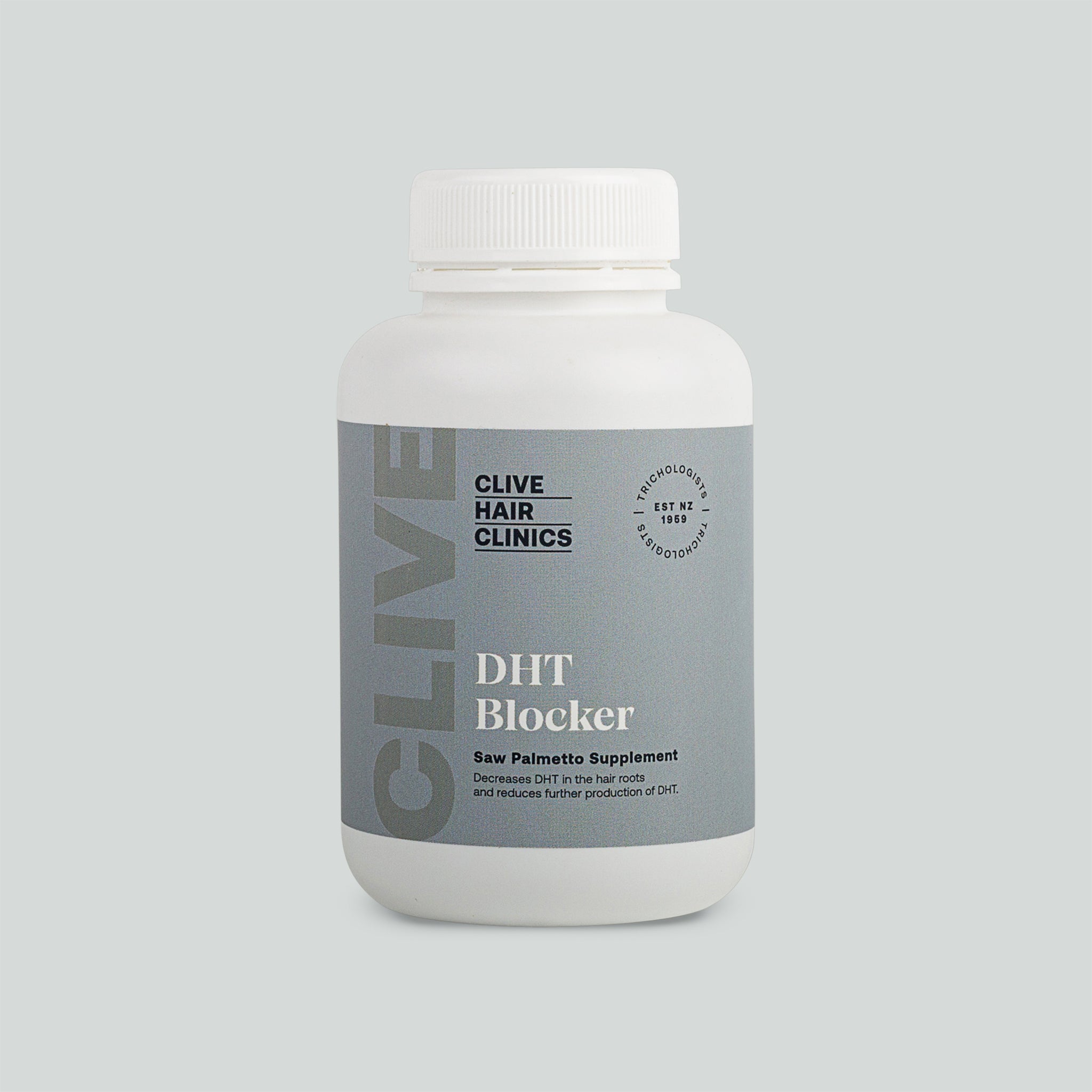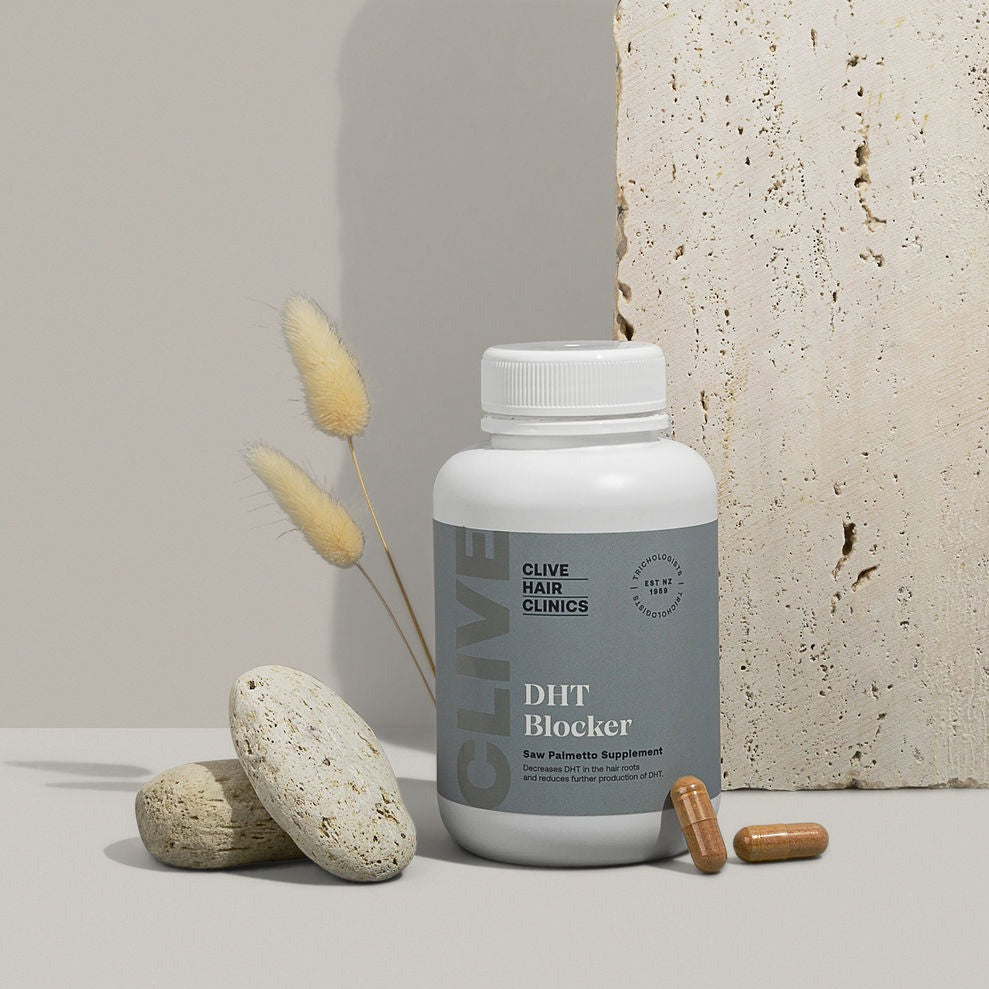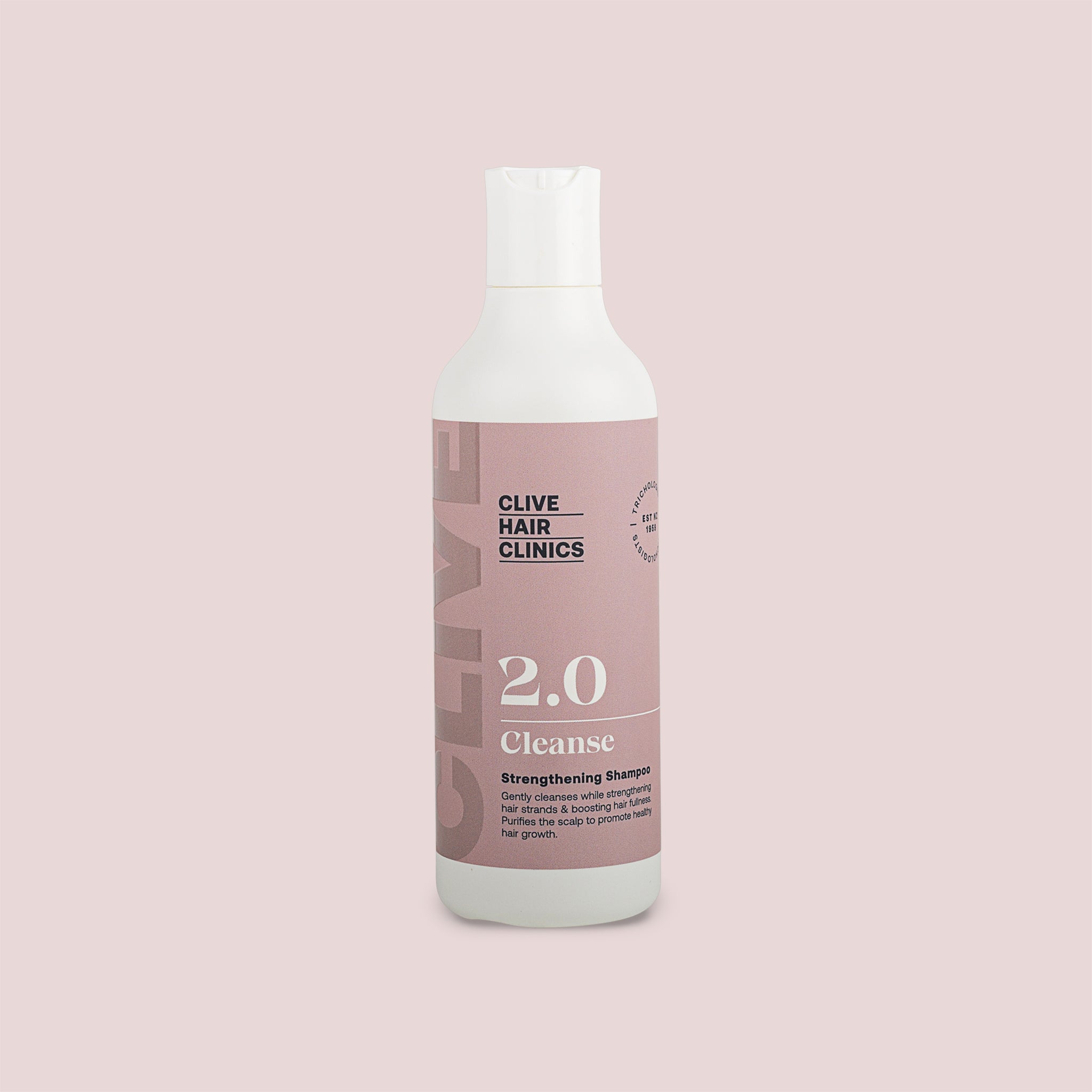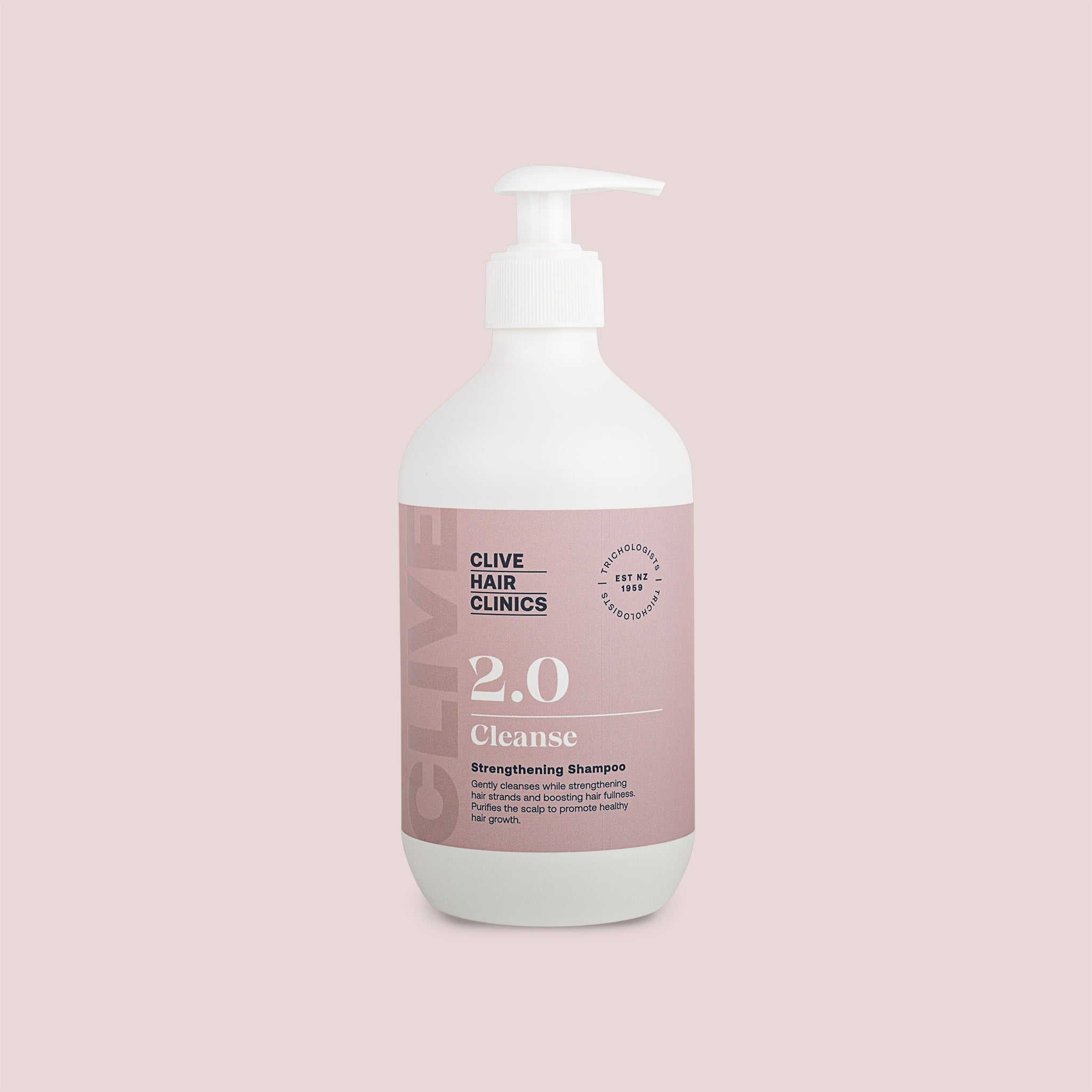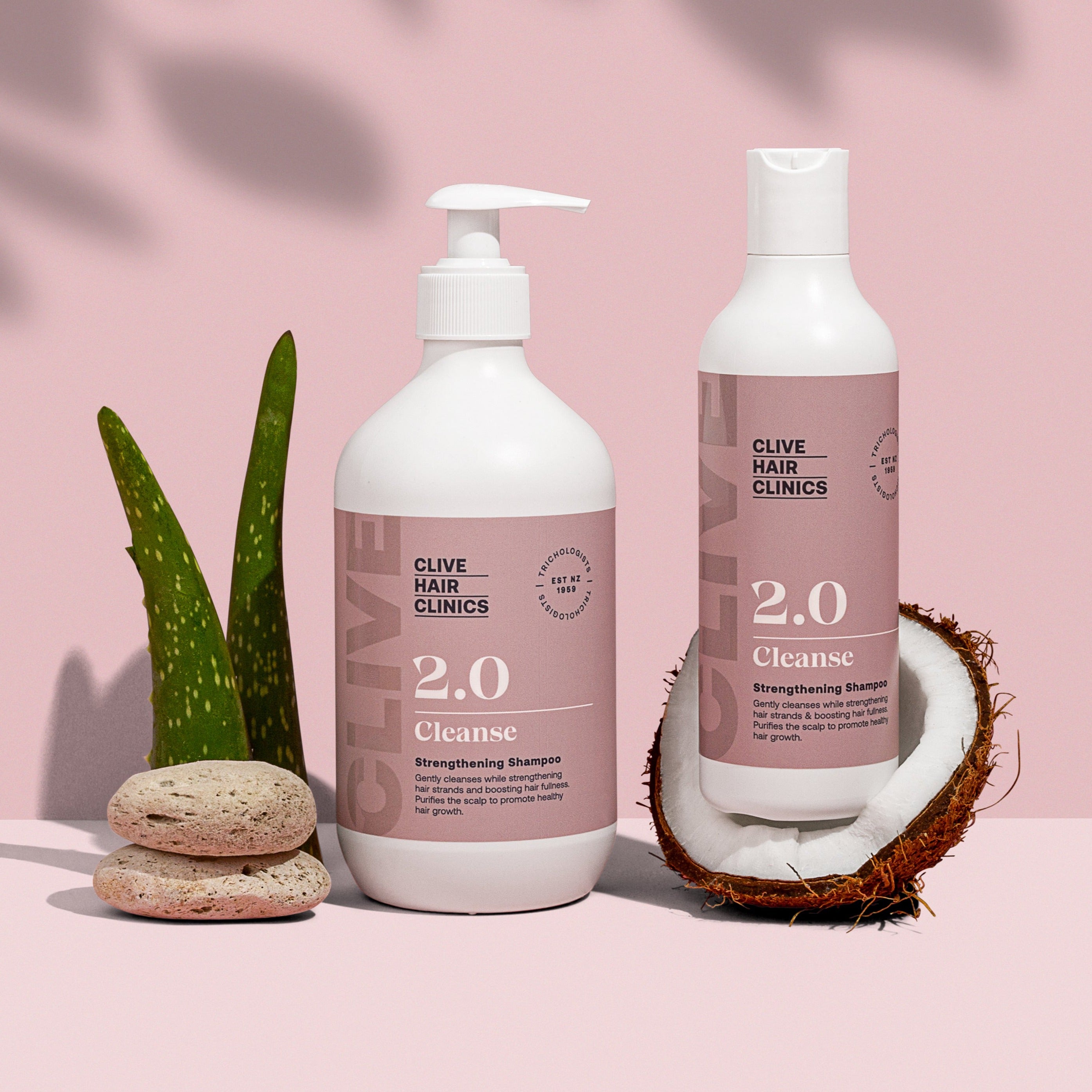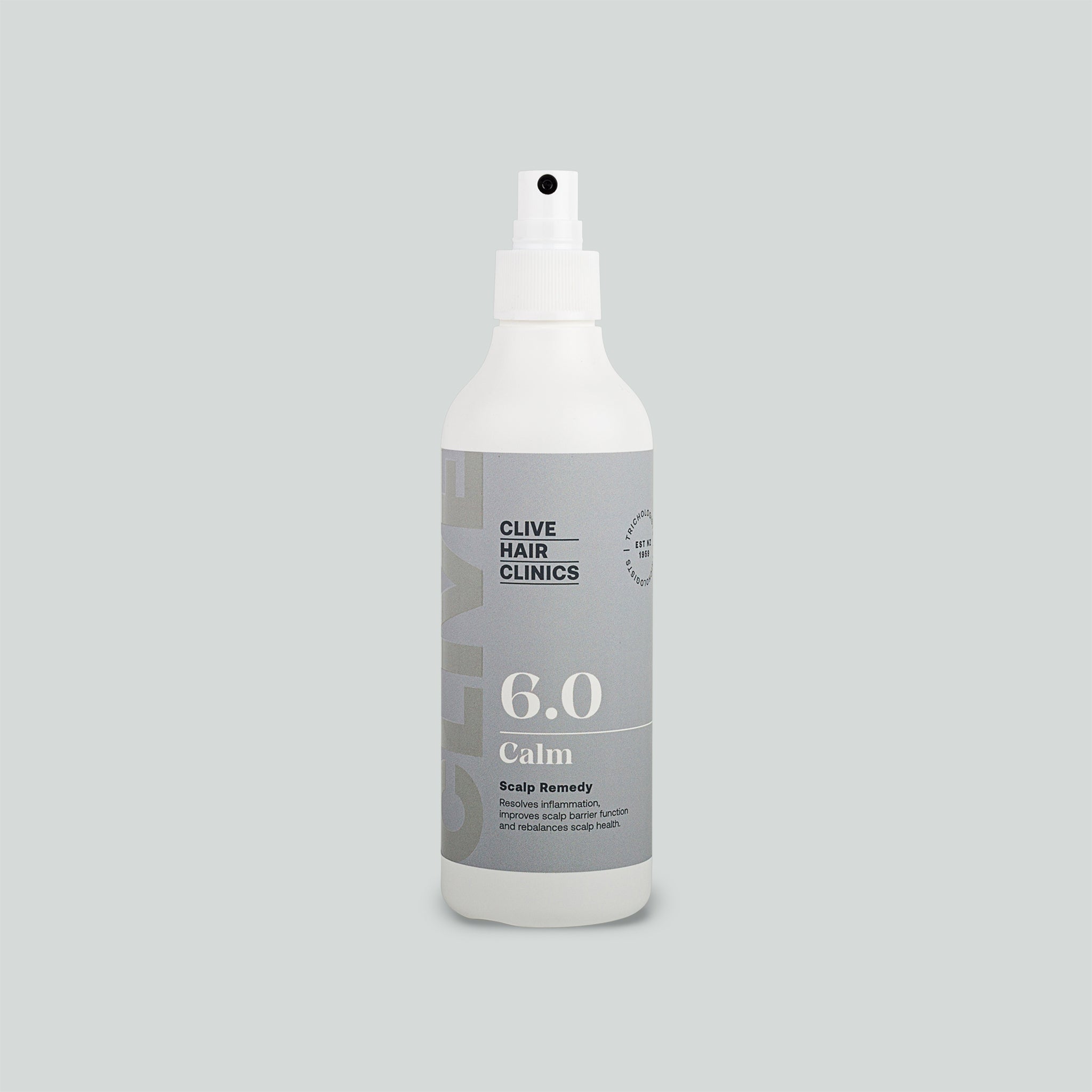Managing hair changes during menopause
Menopause is a time of significant change, and one of the lesser-talked-about symptoms many women experience is thinning hair or hair loss.
You may notice more hair shedding than usual, or that your strands feel finer and lack the bounce they once had. While this can be distressing, there are positive steps you can take to support your hair health during menopause.
Two important areas to focus on are nutrition and scalp health.
Nourishing Your Hair from Within
Your hair needs a wide range of nutrients to grow strong and healthy. During menopause, hormonal changes make it even more important to get the right balance from your diet:
- Protein: Hair is made primarily of keratin, a protein. A protein-rich diet provides the building blocks your body needs to maintain hair strength and structure. Protein also supports the production of collagen, which plays a role in hair follicle health.
- Iron: Low iron is a common cause of thinning hair. Ensuring you have enough iron in your diet helps red blood cells deliver oxygen to your hair follicles, supporting healthy growth.
- Essential Fatty Acids: Found in foods like salmon, walnuts, flaxseeds, and chia seeds, these healthy fats nourish the scalp, reduce inflammation, and help maintain shine and elasticity in your hair.

The Role of Scalp Massage
Nutrition is vital, but so is ensuring those nutrients actually reach your hair follicles. That’s where scalp massage comes in. Massaging the scalp increases blood circulation, which helps deliver oxygen and essential nutrients to the hair roots. This stimulation can help to:
- Support the growth cycle of hair follicles
- Relieve tension in the scalp muscles
- Promote healthier, thicker-looking hair over time
How to Massage Your Scalp
You don’t need to spend hours - just a few minutes each day can make a difference.
- With your fingertips: Massage your scalp with your fingers for 2 minutes every day or at least every time you wash your hair. Work across your entire scalp, focusing on areas where hair feels thinner.
- With a scalp massager device: These tools mimic the effect of fingertip massage and can make the process easier. Simply move the massager gently across your scalp in circular motions.

Have a professional scalp massage
At Clive Hair Clinics we offer a 15-minute Scalp Massage Treatment at our Auckland, Hamilton and Wellington clinics. This professional treatment involves scalp manipulation and massage using a combination of techniques including high frequency, infrared massage, BREO and BaBylis massagers with the added application of a Clive Hair Clinics hair growth activator serum. This could be a weekly, fortnightly or monthly treat for you and your hair.
Help your hair during menopause
Hair changes during menopause are common, but they don’t have to feel overwhelming. By eating a nutrient-rich diet and incorporating a simple scalp massage into your routine, you can support your hair’s health from both the inside and the outside.
Small, consistent steps can make a meaningful difference in keeping your hair strong, nourished, and resilient through your menopause journey.
